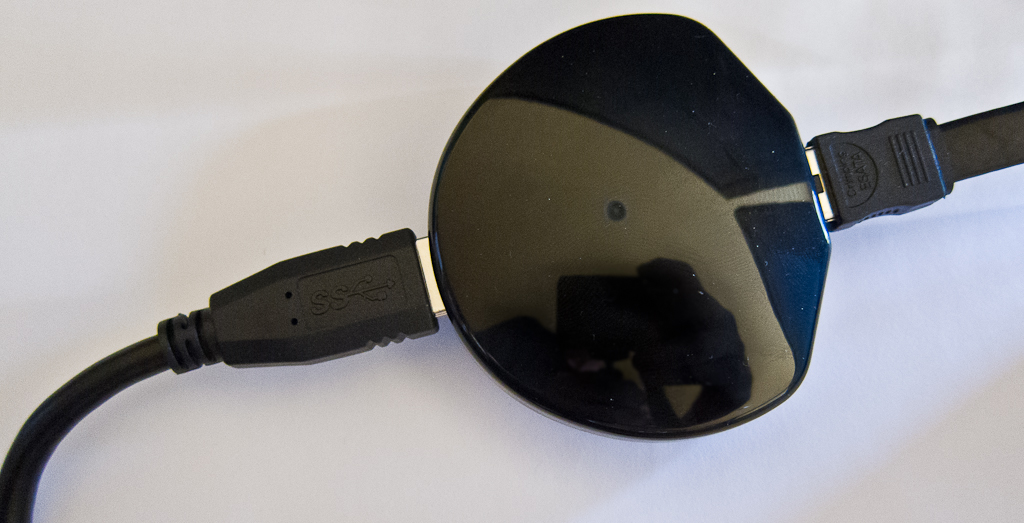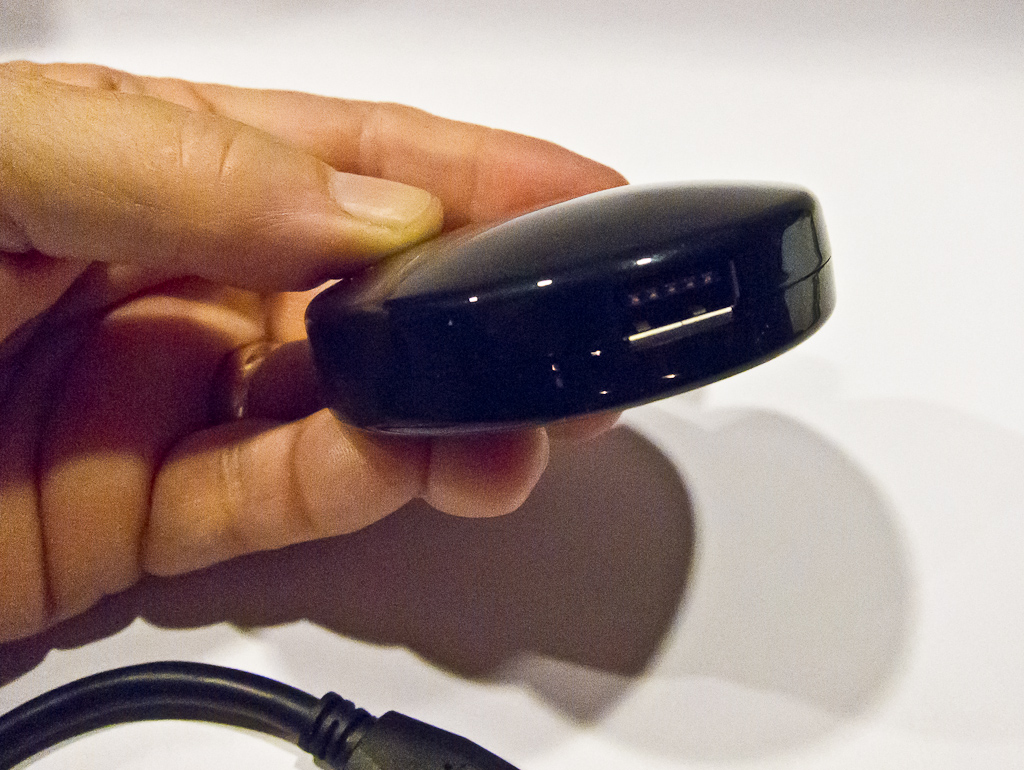Visual Sounds Network Intl | July 14, 2012
Connect eSATA Drives to Your USB Equipped Computer
Original Article Link:
http://vsn-intl.co.uk/connect-esata-drives-to-your-usb-equipped-computer/
If you download lots of movies or shoot lots of home videos, you are already well aware that the file sizes can be huge and transferring that data around takes some time. It pays to have the fastest media and transfer capacity available, but what if you still have lots of the older drives around? Are you out of luck? Not really.
Let's first look at what some of the more popular technologies have been and see what speeds we are really talking about.
Many external drives that are popular for storing video are eSata and have a maximum transfer speed of 300 MB/s. The problem is that many laptops and some desktops just don't have SATA connexions.
That's why USB external drives became so popular, because just about every laptop has 3 or more USB ports. The USB external drives come in three flavours so far.

For those of you who bought eSATA drives to connect to your desktops, there is now a way to enable them to hook up to your laptop, even if your laptop doesn't have any SATA ports. Newer Technology just rolled out an eSATA to USB 3.0 adapter than lets you connect those quick eSATA external drives to your laptop, assuming your new laptop has USB 3.0 ports. Even if it doesn't, you can also connect to USB 2.0 ports with no problems, but you'll be transferring at much lower speeds.

1) Power on your eSATA drive
2) Connect the adapter to the drive with an eSATA cable
3) Plug the short USB cable into your laptop and the adapter.
No drivers need to be loaded. My laptop recognised the external drive in about 15 seconds and I was ready to start transferring files at the higher rates. Per bench tests, 247MB/s reads and 206MB writes were recorded. That's more than four to six times faster than your typical external USB drive.
Check them out at NewerTech's exclusive distributor, Other World Computing (OWC) where they retail for about £16.
Product Features:
Supports SuperSpeed USB (USB 3.0) data rate up to 5Gb/s.
Supports 2.5" and 3.5" eSATA hard disk drives and SSDs.
Plug and Play, no software or driver installation.
Backward compatible with previous versions of USB 2.0/1.1.
Backward compatible with previous versions of eSATA devices (1.5Gb/s).
Compliant with Serial ATA Specification Revision 2.6.
Supports Hot-Swap.
Dimensions: 57.3mm x 64.2mm x 19mm
Weight: 28.35g
The above article has been included on our site for archival purposes only.
To see the article as it appeared in the original published form, click the link provided.
All stories have been captured without modification to their content.
To see the article as it appeared in the original published form, click the link provided.
All stories have been captured without modification to their content.
